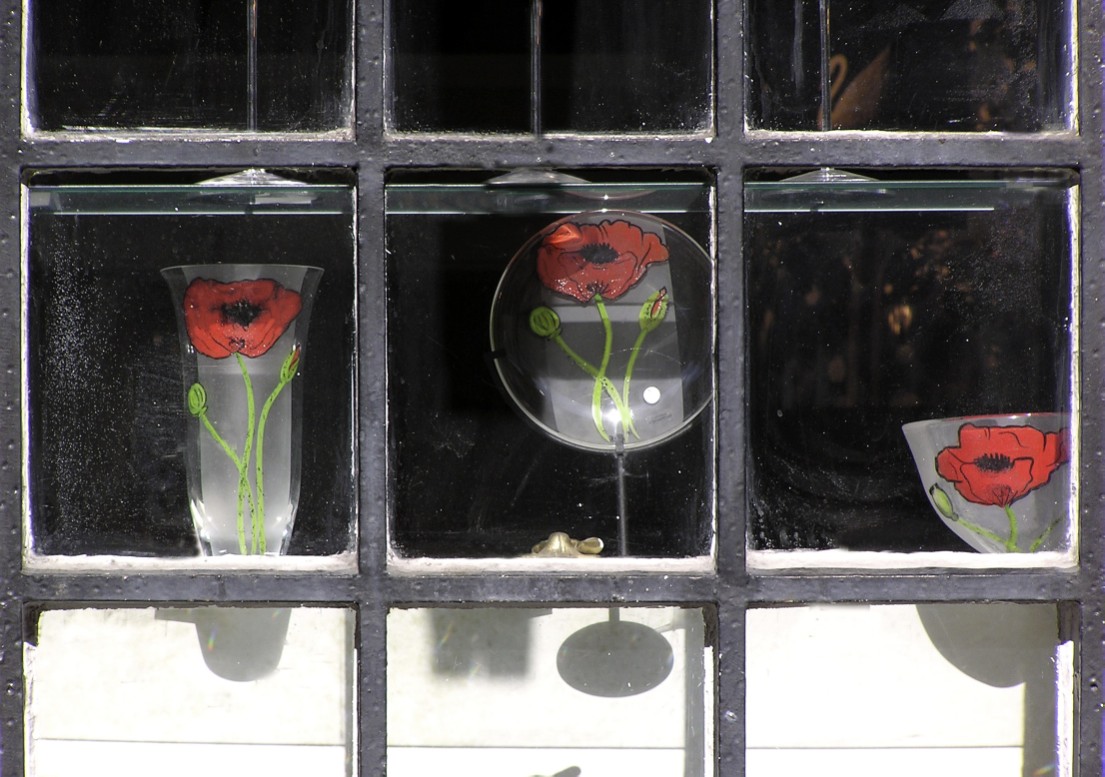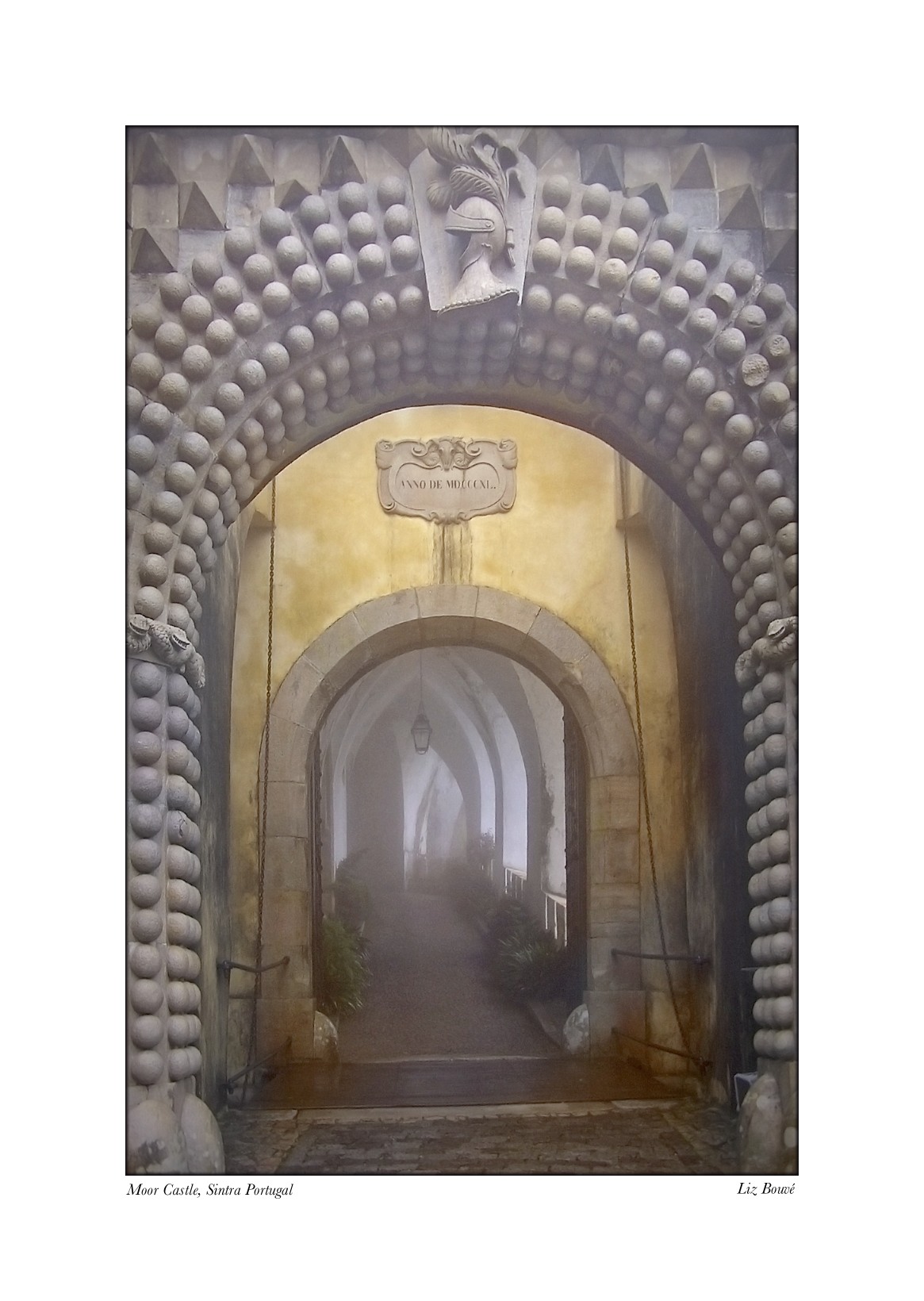
The retreat was a big success. Gib demonstrated that he was still in full command of his faculties and was sensitive to the feedback offered by his employees. There was full appreciation of the need for outside expertise—even relief that the “burden” for invention was not solely on those already employed in Gib’s company. Gib demonstrated his candor and willingness to engage in some change himself what it means to be “agile” and open to new learning. With Cynthia’s assistance, he had moved a considerable amount of material from both quad two and quad three to his first, public quad. Gib and his company would be headed into a storm, but he and his loyal employees were equipping themselves (even if not “perfectly”) for this storm.
6. Working with others is facilitated by a large enough area of free activity. It means more of the resources and skills of the persons involved can be applied to the task at hand.
An expanded area of free activity is associated with the creation of a sanctuary—one that allows for forgiveness (recognizing interpersonal mistakes while exploring alternative ways of relating to one another), as well as new learning. This area can be expanded by providing structures that encourage and support safety.
These structural sanctuaries might be physical locations (such as retreat sites), temporal locations (such as the extended duration of a specific session) or personal locations (physical isolation from outside observation or interruption). Processes can also be put in place to ensure personal safety. These processes might include skillful facilitation by a group relations expert or the coupling of an open sharing session with training in the use of helping skills or active listening.
At a third level, safety and the expansion of opportunities for free activity can be achieved by building a culture of trust. This is done by setting firm ground rules regarding the way(s) in which occupants of this exploratory area relate to one another. While these ground rules will never prevent the abuse of trust, they can make explicit the expectations regarding how interaction is to take place and can lead to the internalization of these ground rules in the ongoing building of supportive relationships and a nurturing community (however temporary this community may be).
Case Example: Nadine is burned out. She has served as head administrator at a community hospital that was recently absorbed (called a “merger”) by a large urban health center located elsewhere in her state. Nadine has received a generous severance package. However, money doesn’t make up for betrayal. Nadine decides to do something about her negative feelings. She takes some of the tainted money (the “30 coins of Judas”) she received and enrolls in a month-long mediation and “renewal” program being offered by a noted Zen Center on the California coast.









